By Brian P. Henrickson, LLA Teacher
In today’s world, there are challenges in resource conservation and preserving our natural environments and biodiversity. According to most environmental experts, habitat loss is considered the most serious threat to environments and biodiversity today. This Is primarily due to irresponsible deforestation, urbanization, and agriculture which destroy natural habitats crucial for native species to survive. Another serious threat is climate change. Over 97% of climate scientists agree that human activity is the primary cause, indicating a strong consensus that climate change is a real phenomenon. We can no longer ignore these threats if we are going to preserve the biodiversity we have left on this planet.
Conservation minded projects are a vital proponent to develop proactive plans to address these threats. Students at TRHS, enrolled in the Lighthouse Learning Academy (LLA), have stepped up to these challenges by becoming citizen scientists and exploring the effects of these threats. The goal is to gain a better understanding of how these threats are affecting habitats and biodiversity here in our community and what we can do to help improve their conservation.
Late April Update: The first sign of Eastern Bluebirds was on 3/17/25 when one was seen perched at and entering Nest Box #1. Just checking it out apparently because there has been no nest in it as of 4/14/25. Currently birdhouse #7 (older, existing nest box) and #21 (newly installed) appear to be occupied by Eastern Bluebirds and have fully constructed nests in each! John Durbrow also saw a Bluebird entering Nest Box #6 on Tuesday 4/22/25. There is no evidence of eggs as of 4/22/25. Tree swallows are on site as of 4/17/25, so we will be monitoring their activity as well.
The Van Der Brohe Arboretum is working in partnership with LLA students by helping to support their inquiry-based and project-based research projects.
Projects currently in progress include:
- The Nest Box Project will teach students how to census bird species that utilize the habitat for breeding and monitor their reproductive success of those species. These species will include the Eastern Bluebird, Tree Swallow, Chickadee, and House Wren. Students will plot and set up nest boxes, monitor and maintain breeding habitats, and install nest box camera systems on select houses to study their behavior. A floating duck box is currently in development.
- The Bat House Project will encourage students to construct bat house structures to increase roosting habitat for native bats to utilize. Students will learn to monitor, observe and census bat species in the Arboretum.
Future projects we are exploring include:
- Bird banding of Neotropical migrants using conventional bands and Nanotags to study habitat use, reproductive success, fledgling success, and migration patterns.
- The Soil Project will allow students to survey soil type, chemistry, and organisms to analyze the health of Arboretum’s successional food web. Students would make comparisons with an established, native soil food web to determine the current invertebrate health and status of the arboretum’s soils.
- The Invasive Plant Species Project will census invasive plant species on the Arboretum property. Students will learn to determine densities of both native and invasive plant species, and implement habitat management practices to help control invasives and conserve native plant populations.
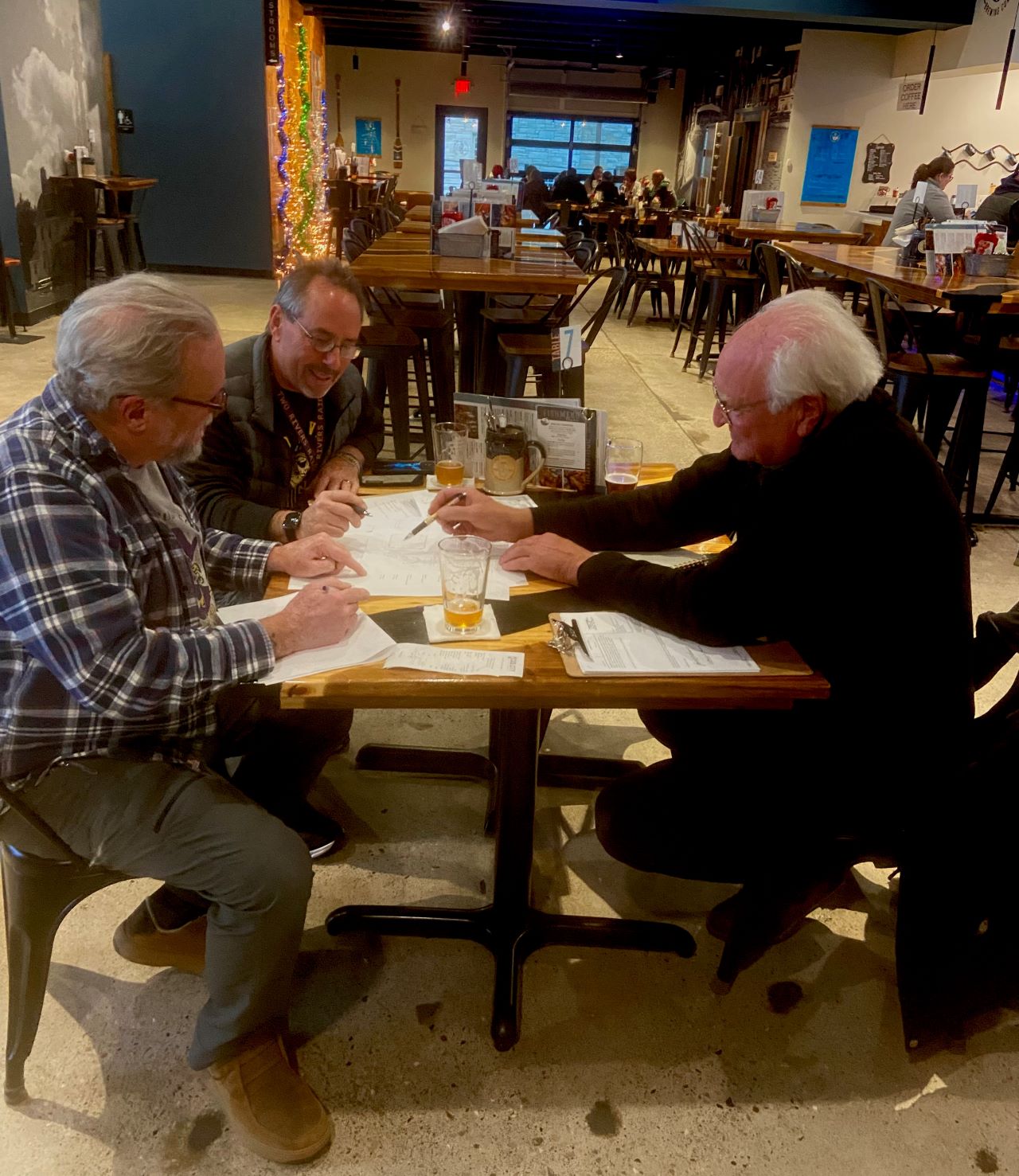
Educators Andy Myers and Brian Henrickson, from the Lighthouse Learning Academy, along with John Durbrow, founder and president of the Van Der Brohe Arboretum, are involved with heading the projects. John has been instrumental with providing funding for materials and advising with design, construction, and implementation of different aspects of the projects.
The first undertaking was the Nest Box Project, which began in mid October of 2024, with a census of existing nest boxes on the Arboretum property. We learned there are currently 14 nest boxes on the property. LLA students volunteered to help clean them out and census the nest types in each box to identify the species that had last used them. Some of the nest boxes contained three different nest types!
Students discovered the species that inhabited them were the Eastern Bluebird, Tree Swallow, House Wren, and Blackcapped Chickadee. They also learned that the species most commonly inhabiting the nest boxes was the House Wren, which occurred in 75% of them!
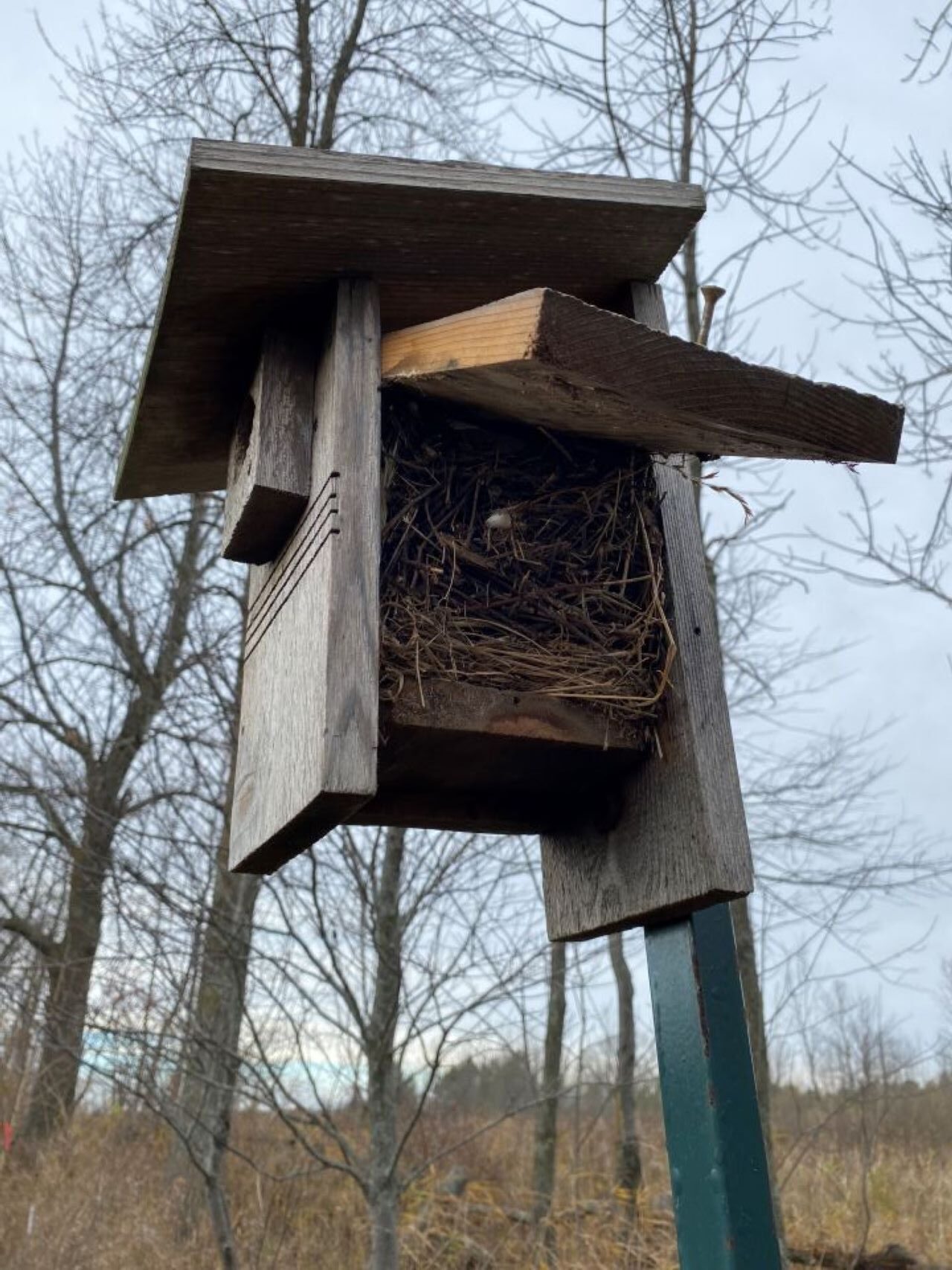
The Chickadee was the next most abundant occupant at 42%, followed by the Bluebird at 33%, and finally the Tree Swallow at 25%. Being involved with this project students not only learn how to identify birds and their habitats but they also may gain an understanding of what the birds need to survive in those habitats and how climate change Is affecting them.
This year, we are planning to census bird species in the Arboretum and TRHS property during the spring migration to determine which species are using the properties for breeding or as a stopover point while moving through. Students will monitor the nest boxes to determine the nesting success of cavity nesters.
Over the winter, they have been busy with the construction and placement of 12 new Bluebird/Swallow birdhouses that will be installed across the center of the Arboretum property.
Involvement with projects like this utilizes the “STEAM” Philosophy in education. STEAM stands for Science, Technology, Engineering, Arts, and Mathematics, representing an interdisciplinary approach to learning that combines these subjects to foster creativity, critical thinking, and problem-solving skills through project-based learning.

Students Dakota Denis and Destin Wilson learn how to use a soil auger to drill the holes for the birdhouse poles.
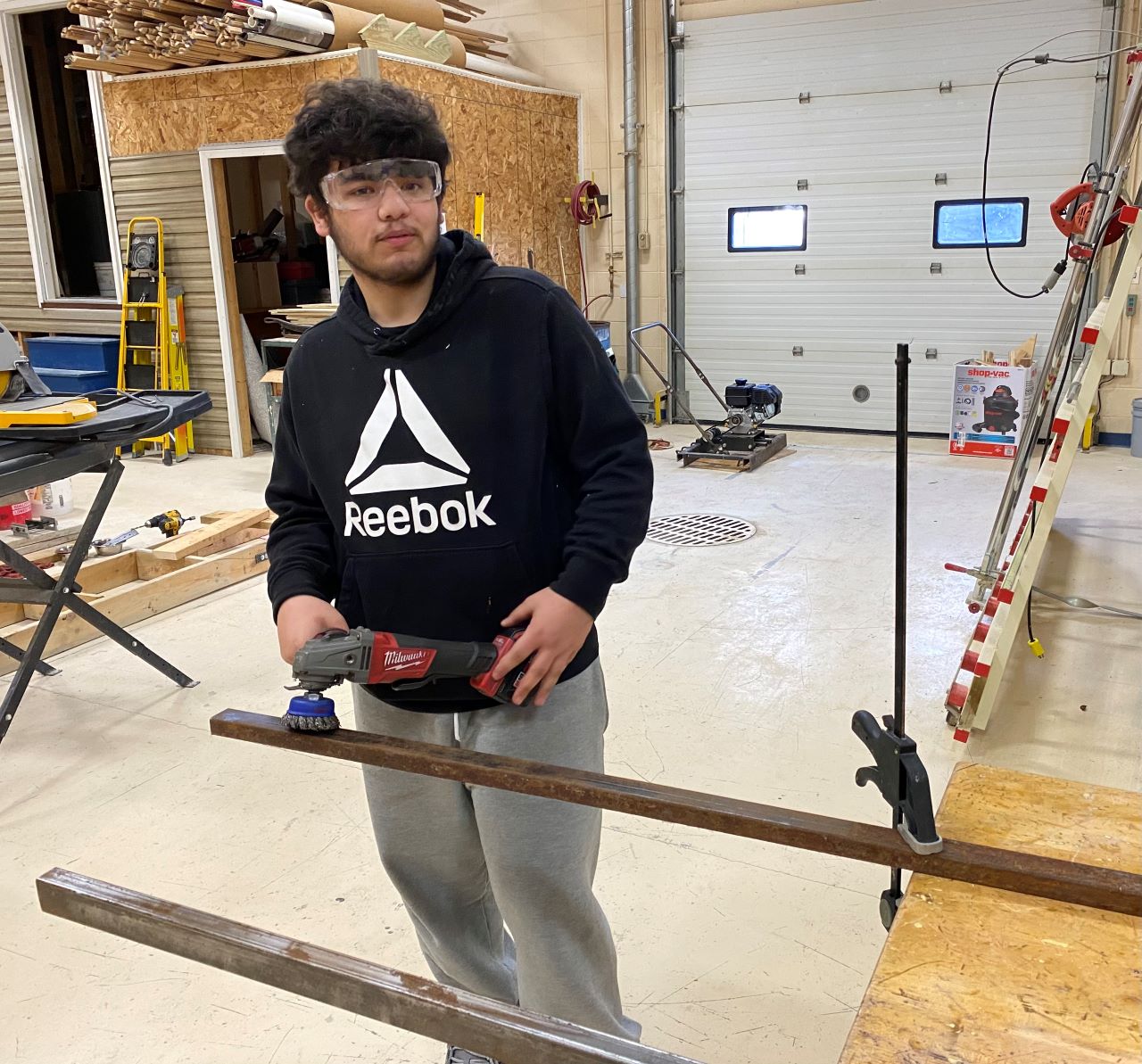
Dakota removes surface rust with a grinder to clean and prepare the pole for painting. After cleaning, mounting holes were also drilled into the poles.
Experiences such as these also help students build their confidence when learning new concepts and skills and also opens new doors to areas of learning they may wish to pursue further. What amazing progress students have made!
John Durbrow met with us last fall at Cool City Brewery to discuss future ideas and plans to further involve TRHS students with studies In Ecology, Conservation, and Biodiversity. We are currently looking at bat house designs to begin constructing this year to help the struggling bat populations in Wisconsin.
According to the Wisconsin DNR, of the eight bats found in Wisconsin, four are state-threatened species – the big brown bat, little brown bat, northern long-eared bat ( also federally endangered) and tricolored bat – and one, the silver-haired bat, is of special concern, meaning the population is declining and in need of conservation action.
Our goal is to involve students in roost monitoring of bats in the Arboretum and contribute data to the Wisconsin Bat Program, which monitors and manages bat populations In the state. Much of the data the program collects comes from citizen-scientists, like our students here at the Lighthouse Learning Academy. Programs like these also rely heavily on grants and funding support from Wisconsin citizens and we are very grateful for their support.
This spring, we are hoping to Initiate The Invasive Plant Species Project which will look at the affects invasive plant species have on the Arboretum property. Students will learn to determine densities of both native and invasive plant species, and implement habitat management practices to help control Invasive species and conserve native plant populations.
Along with this project, Andy Myers will assemble a team of students to look into the life cycle of the Gall Fly (Eurosta solidaginis) and its effect on the native Goldenrod (Solidago canadensis) population and Its role as a food source for birds within the habitat. Nature Is all about connections and students are making those connections and contributing to citizen science here in Two Rivers, Wisconsin!
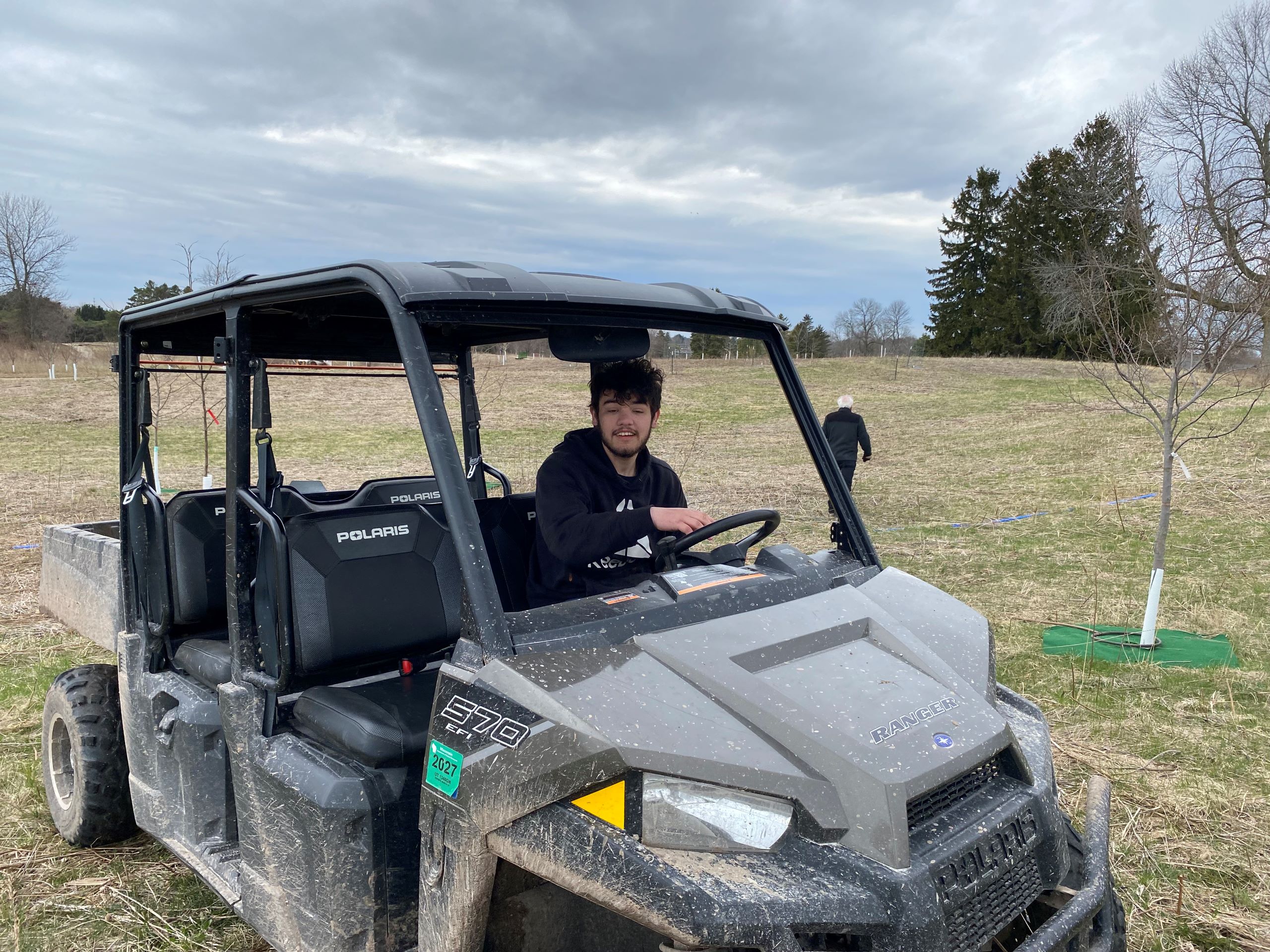
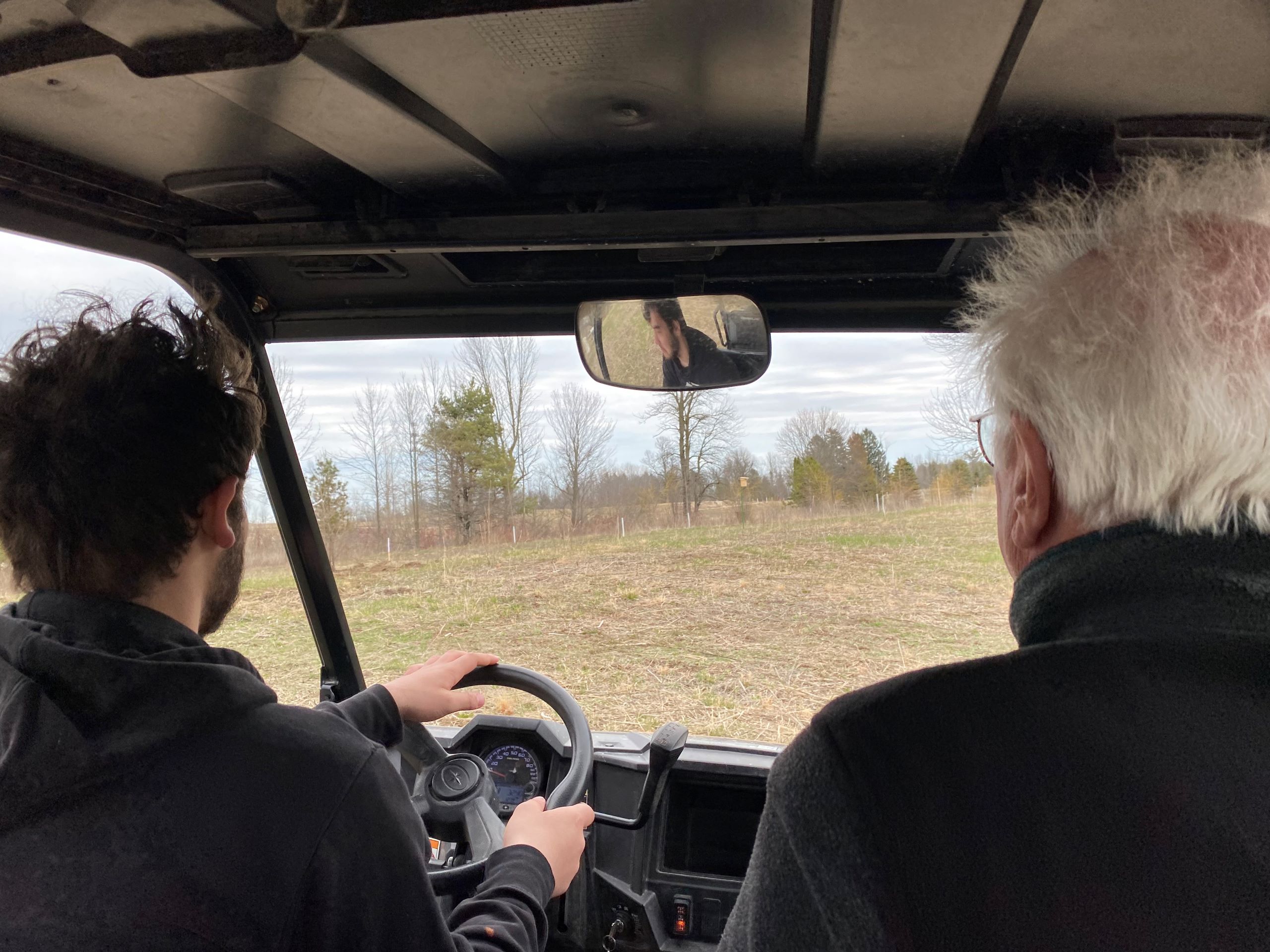
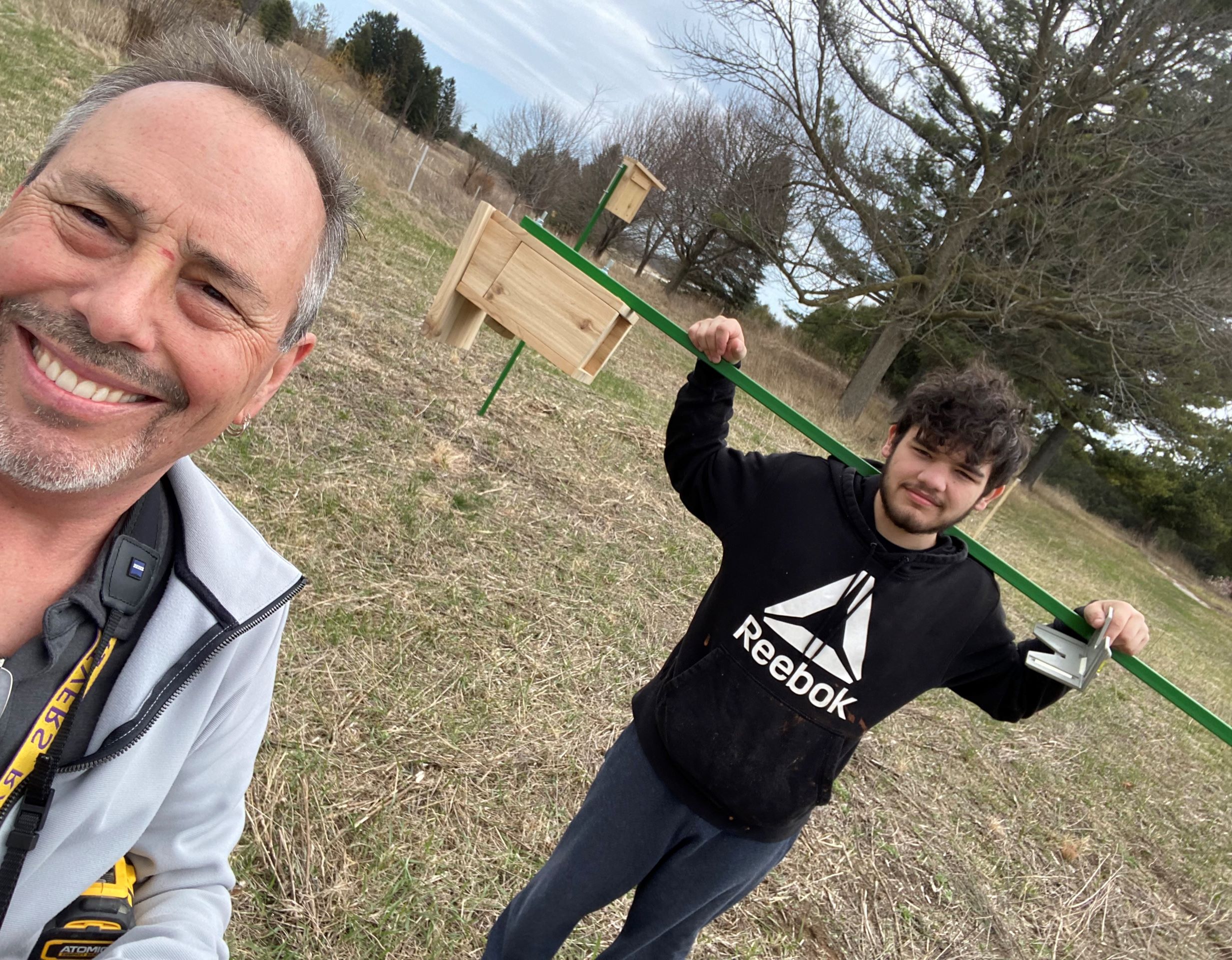
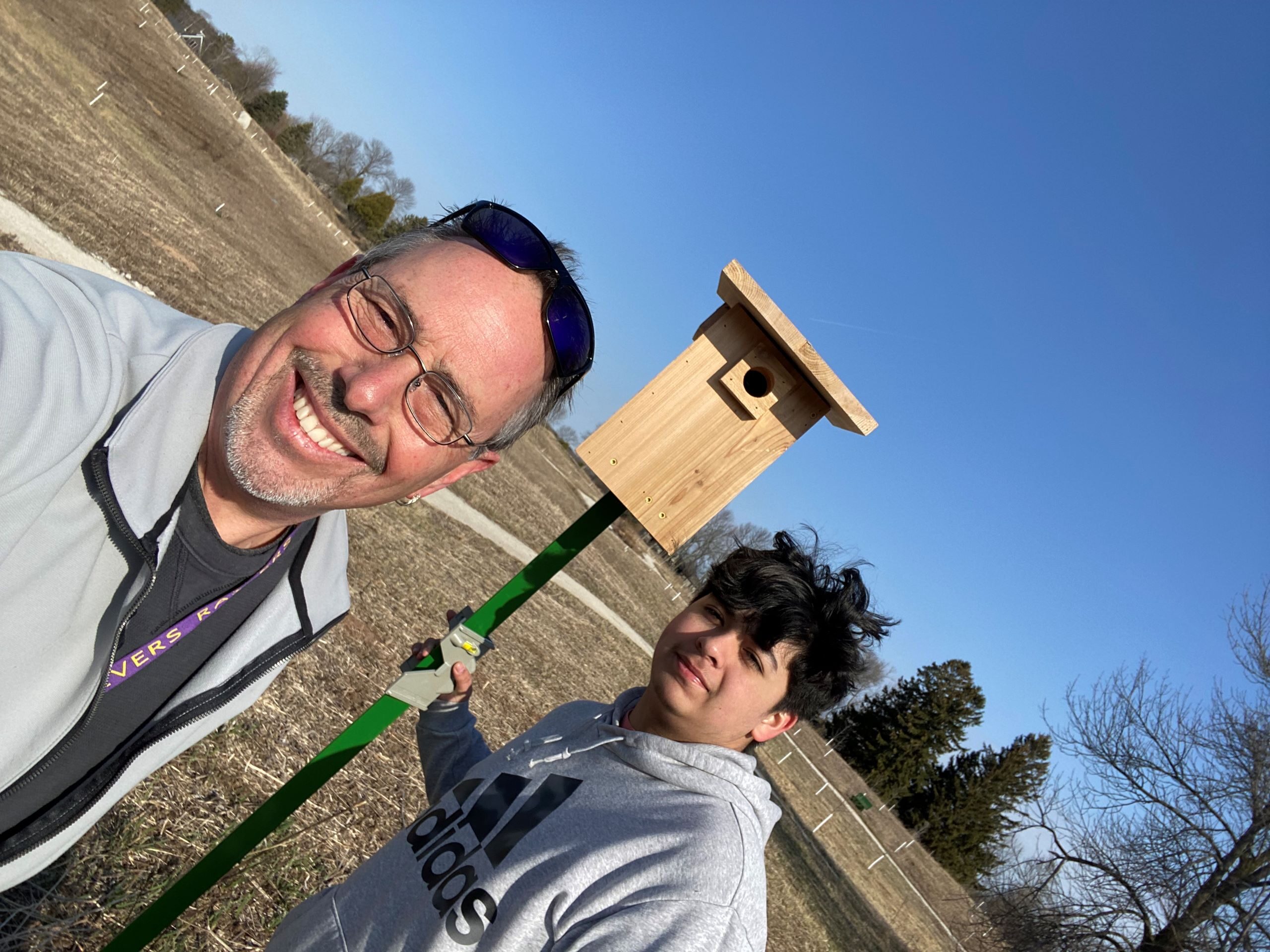
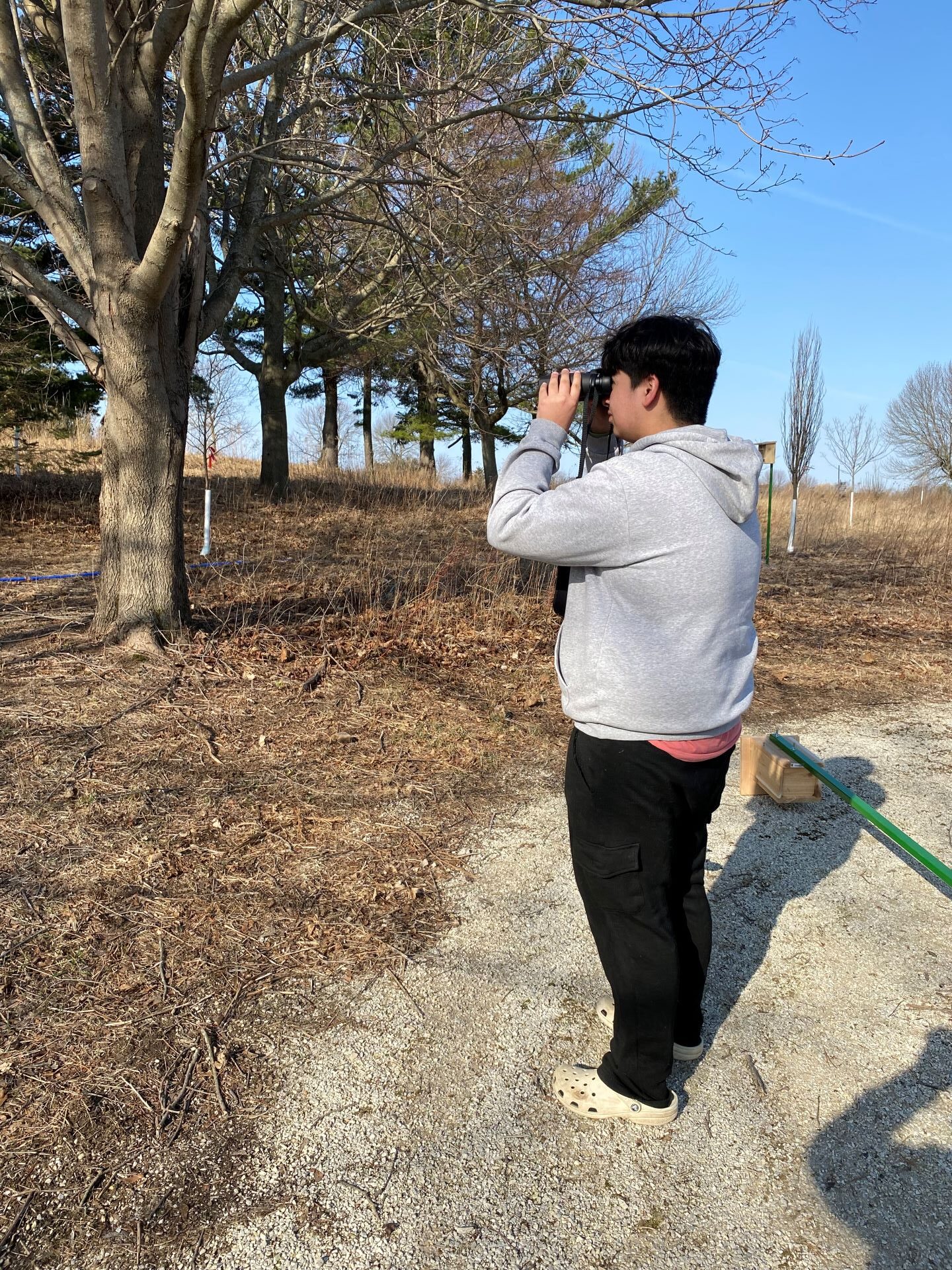
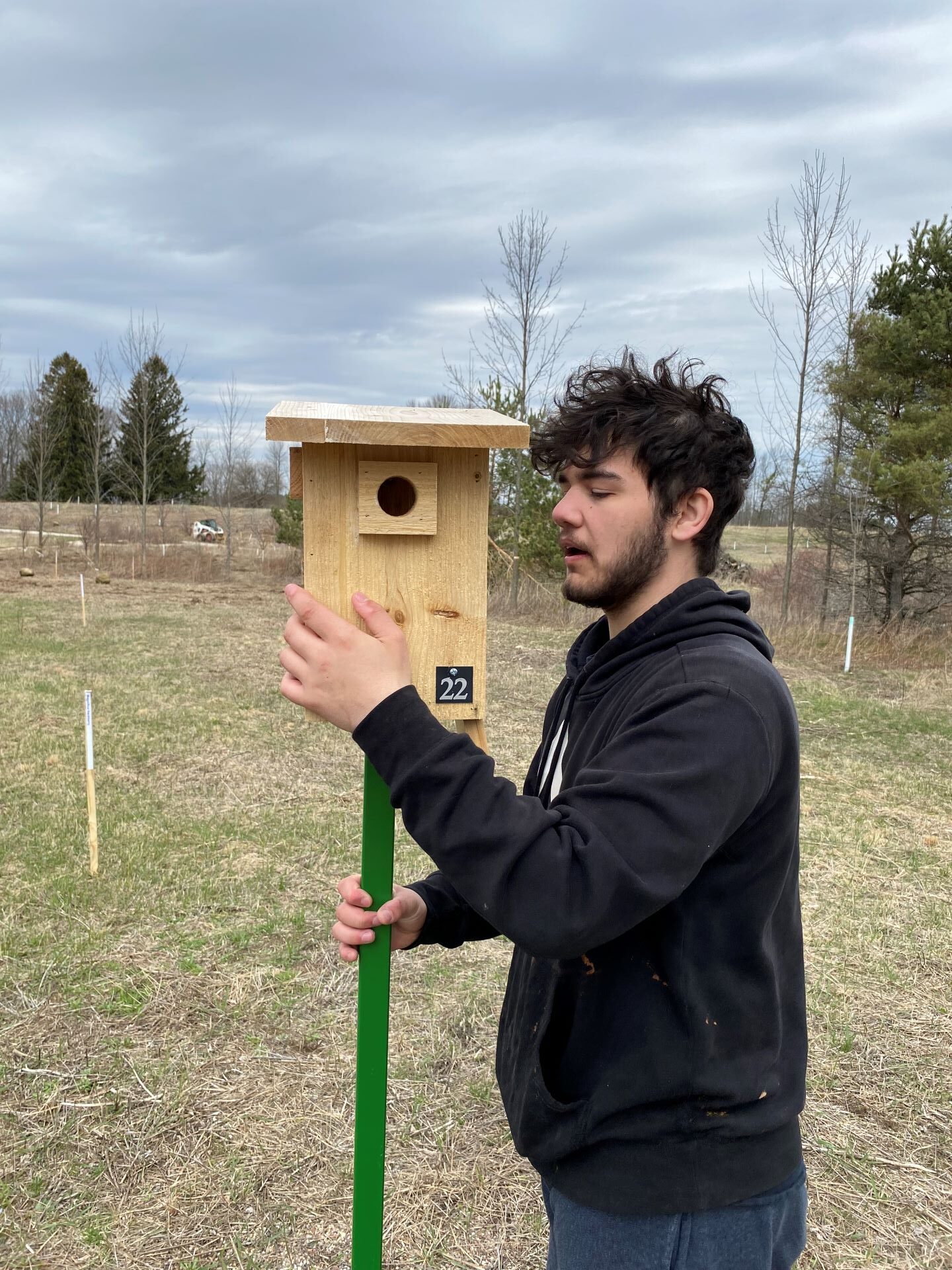
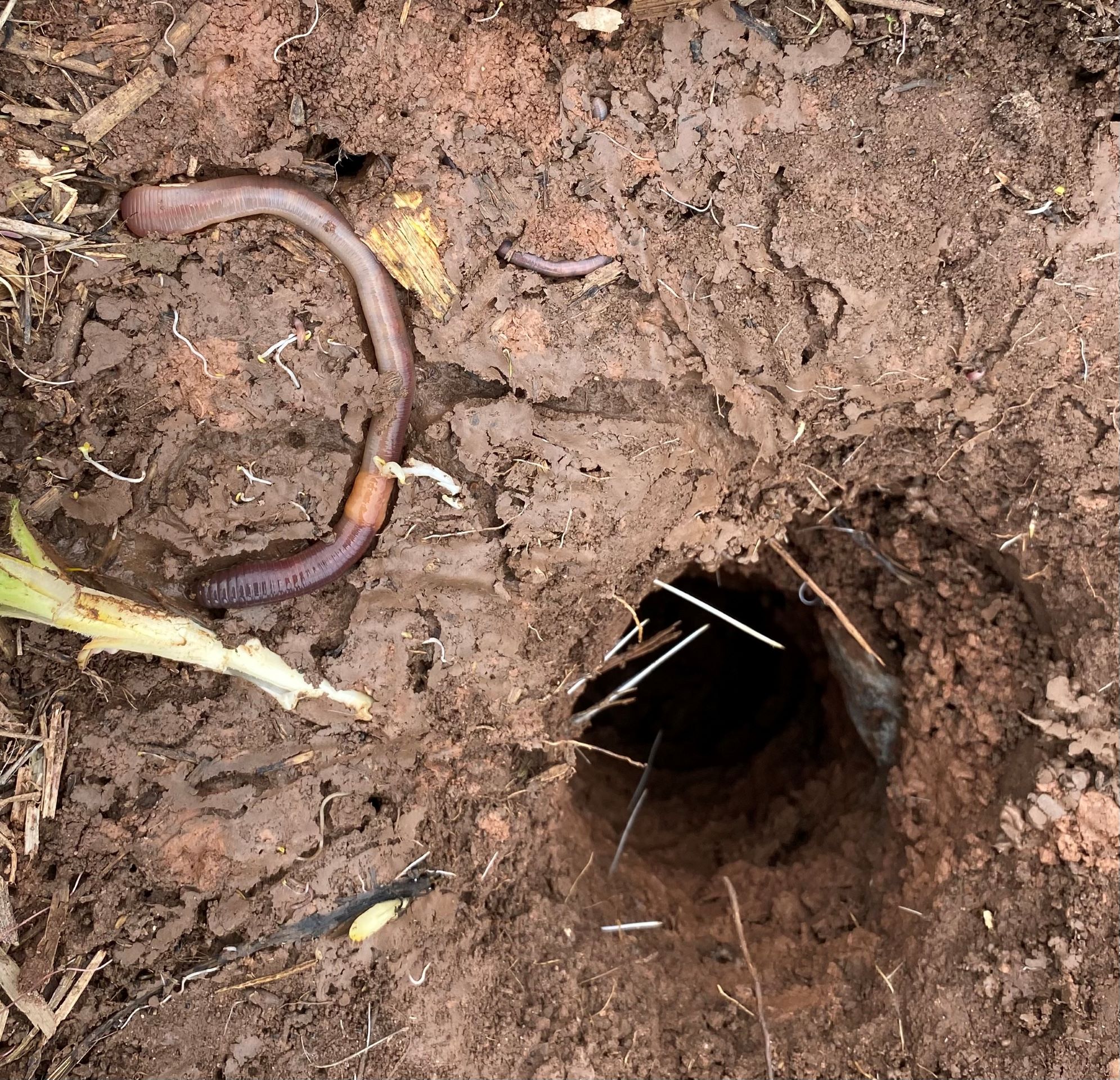
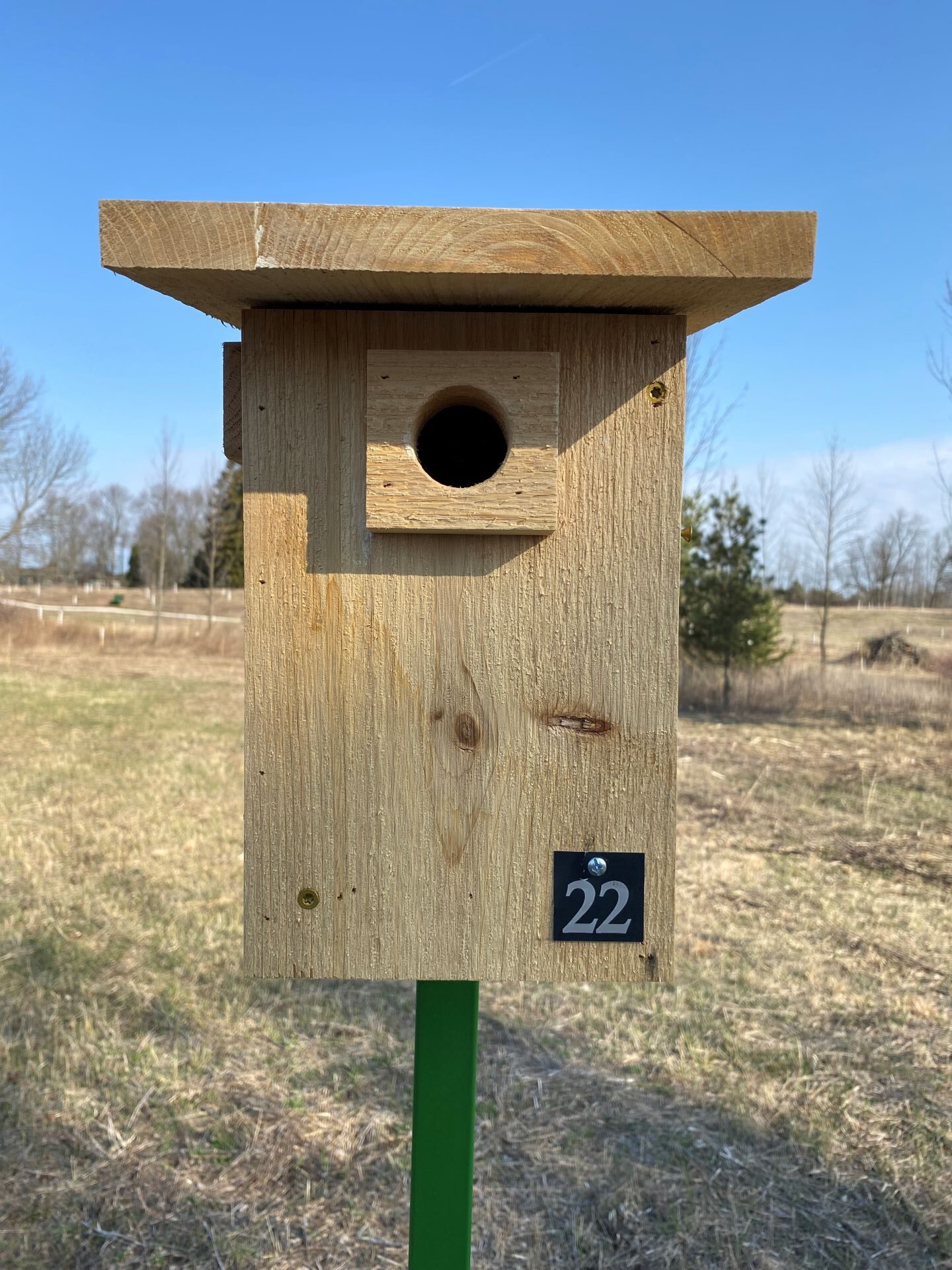
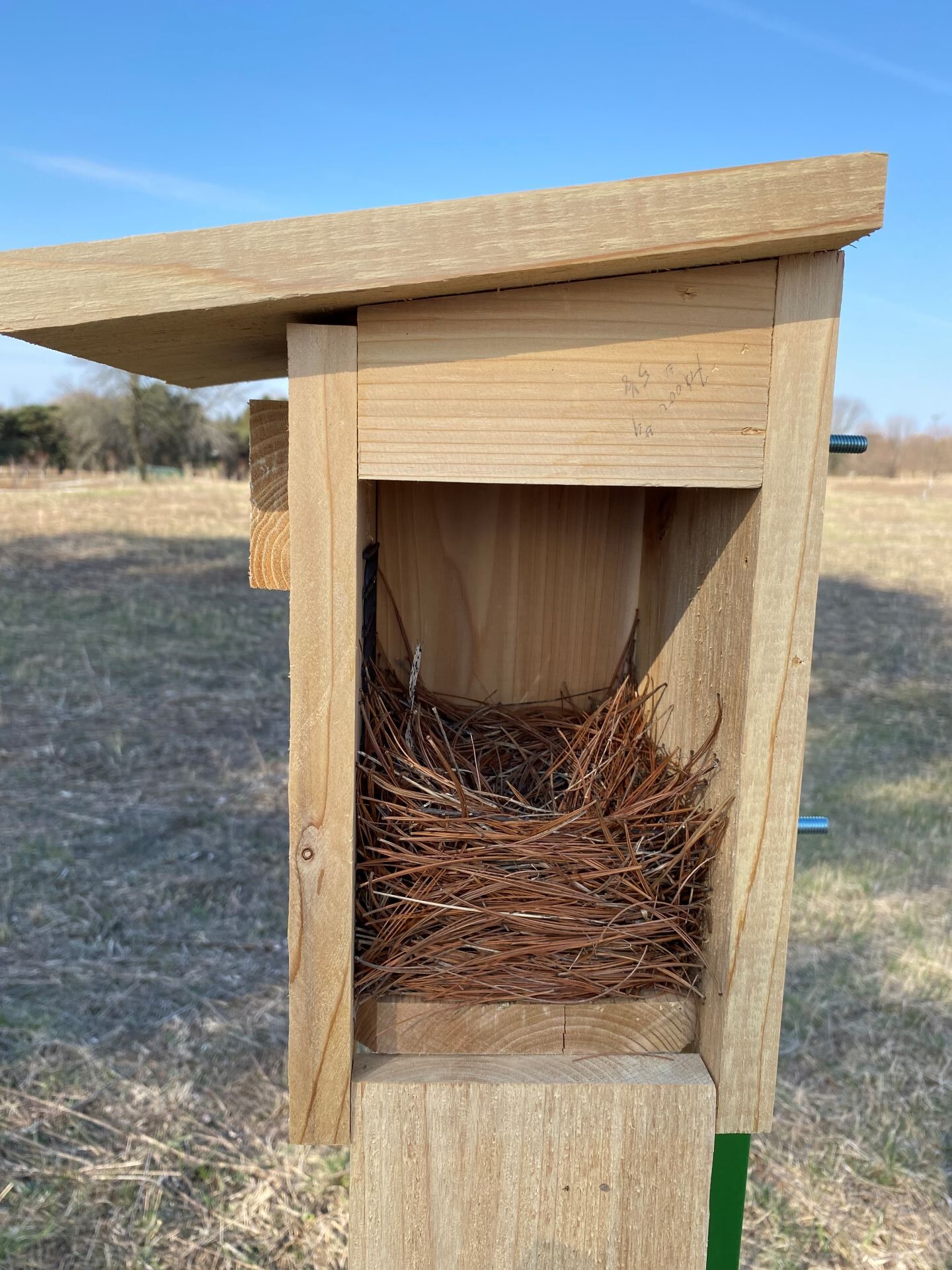


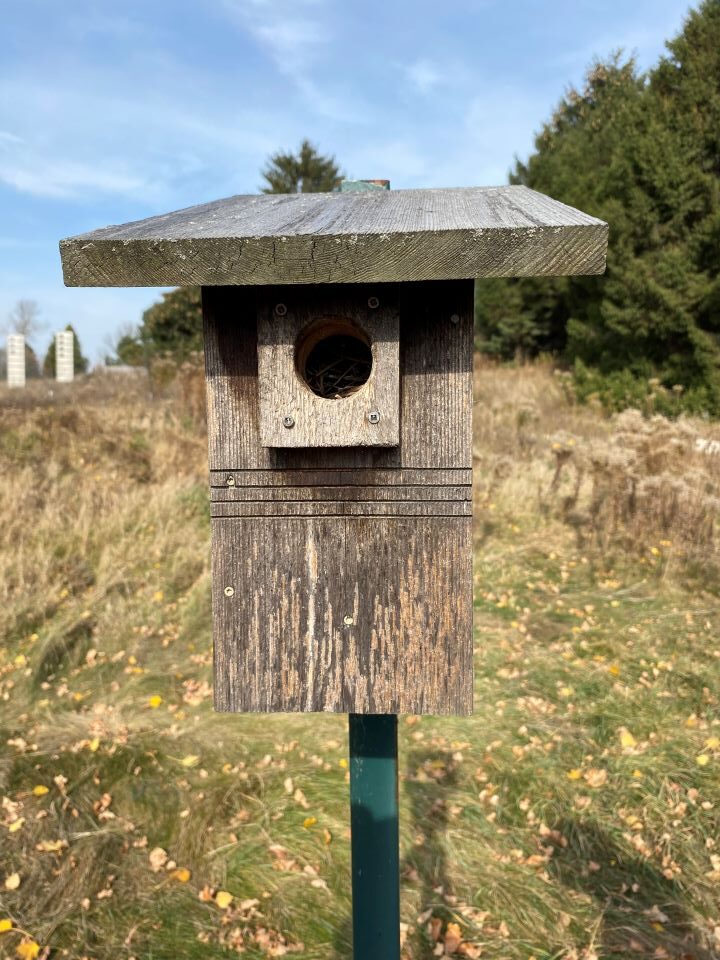
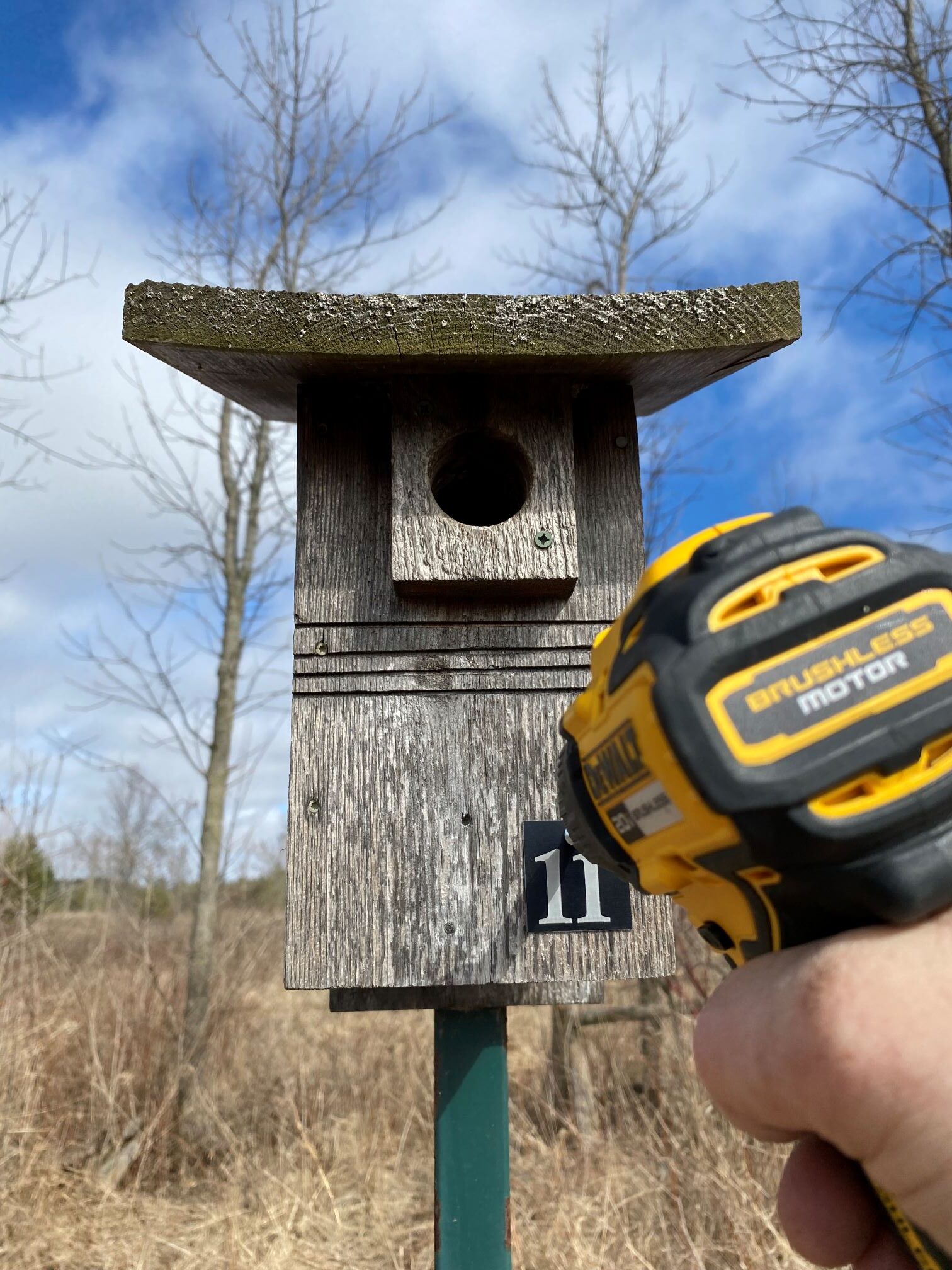
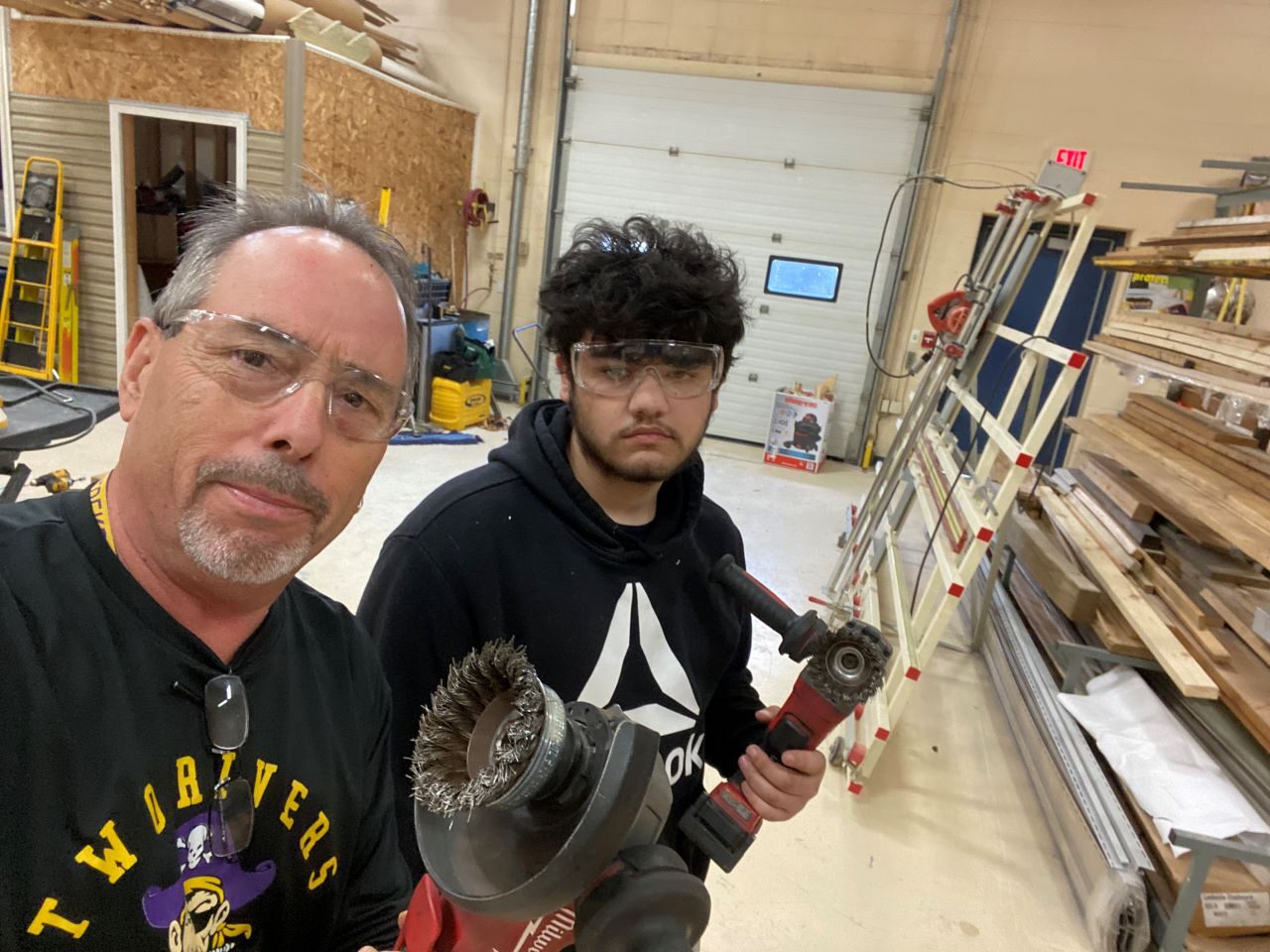
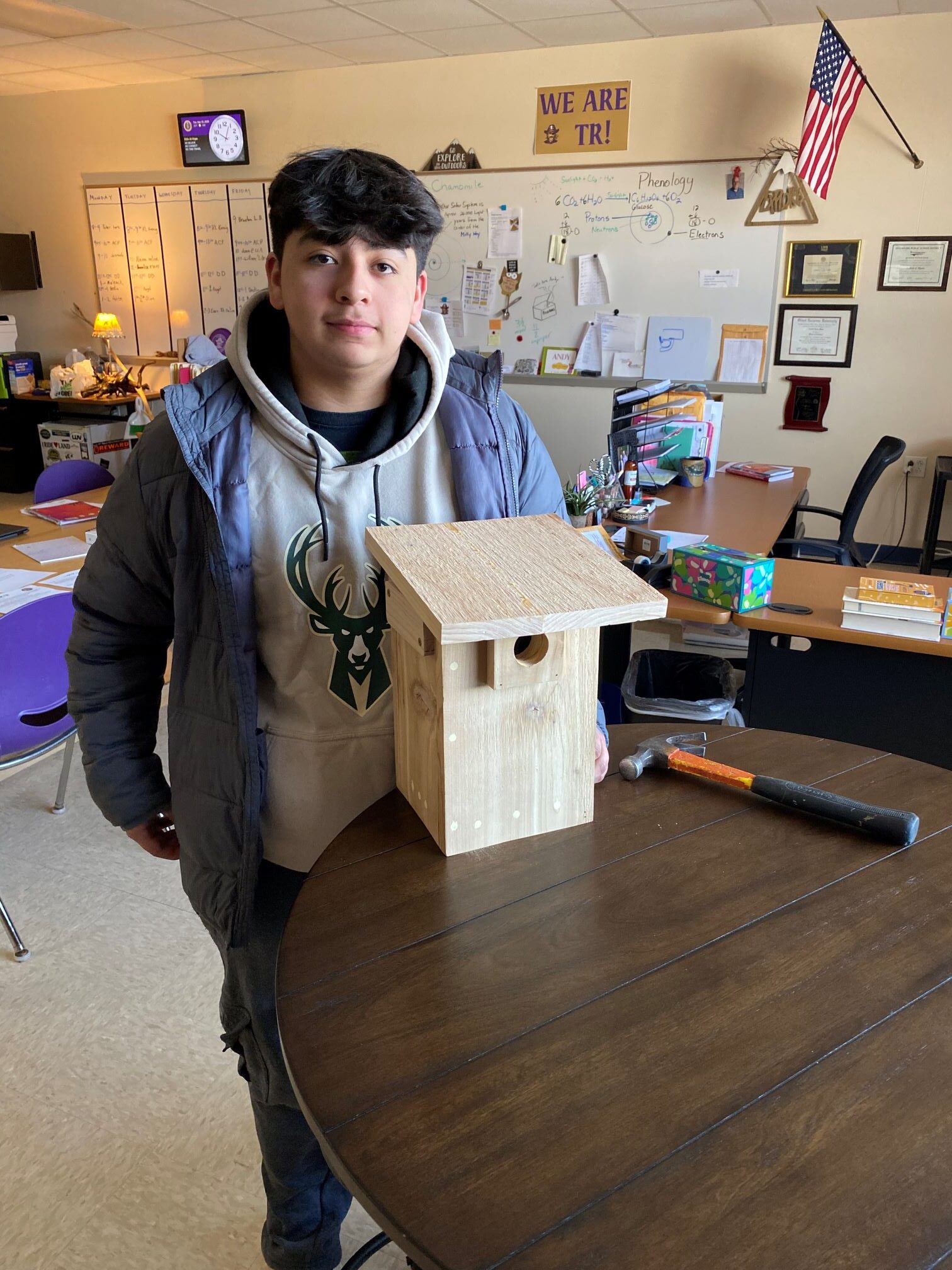
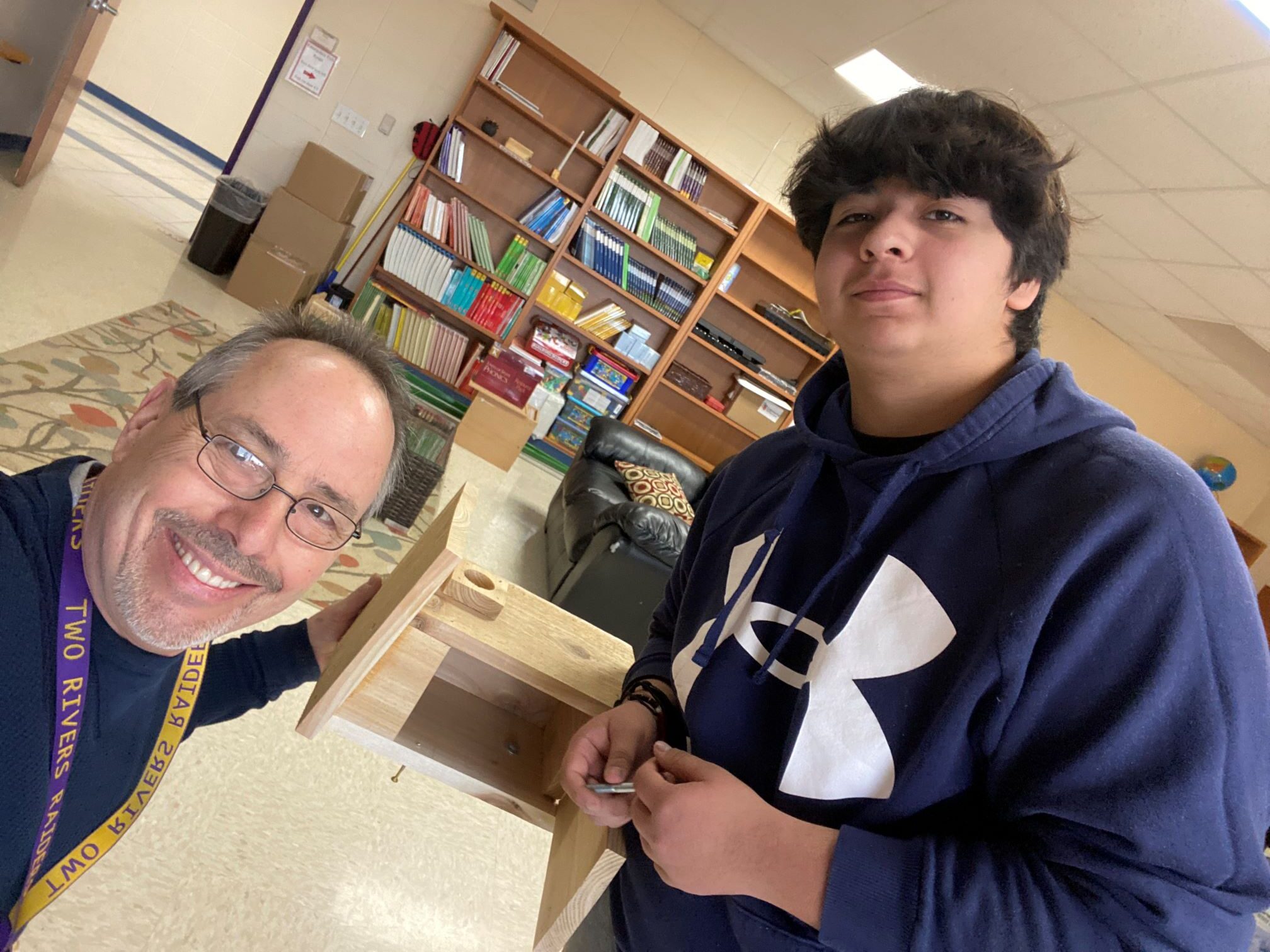


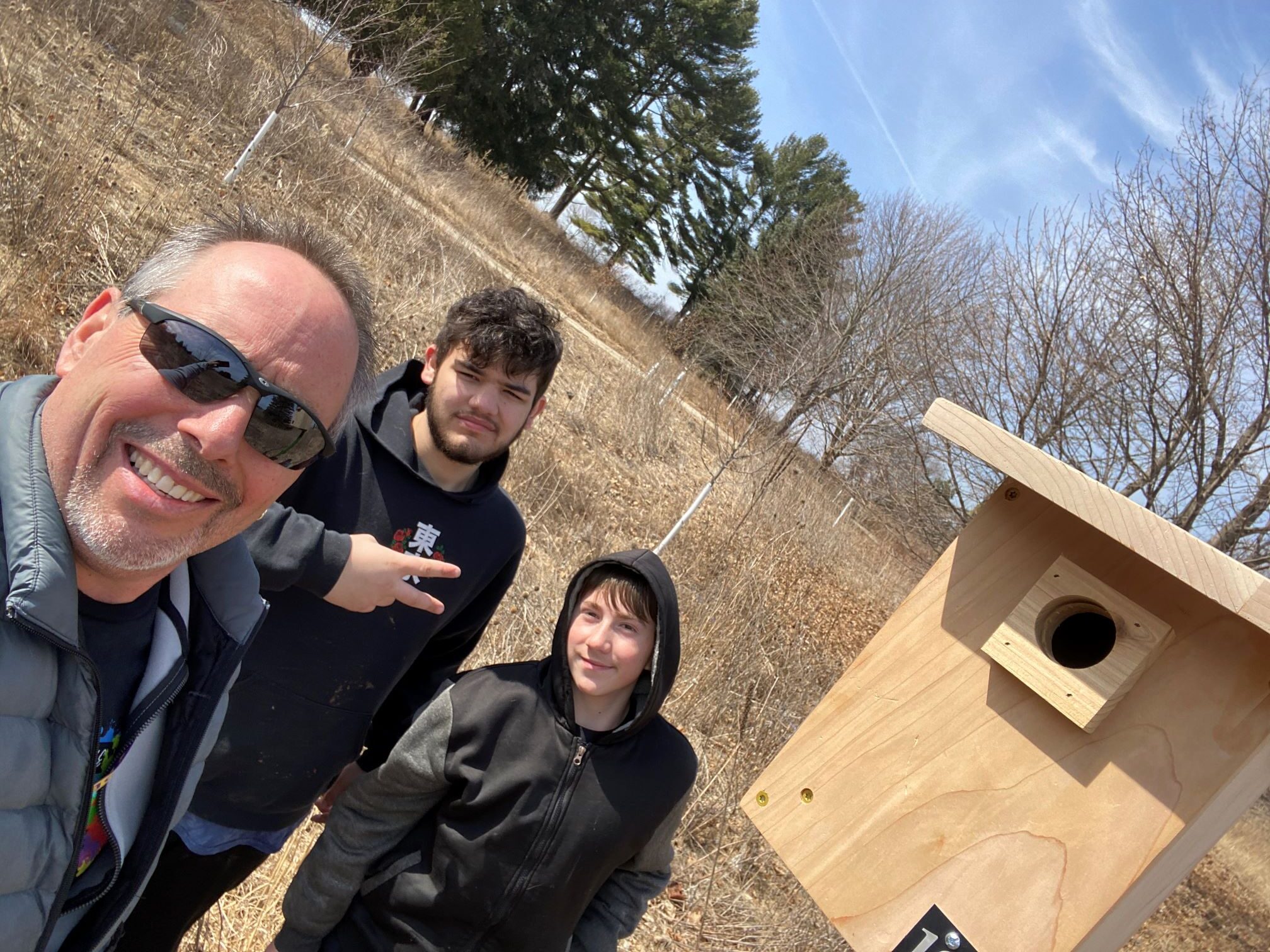
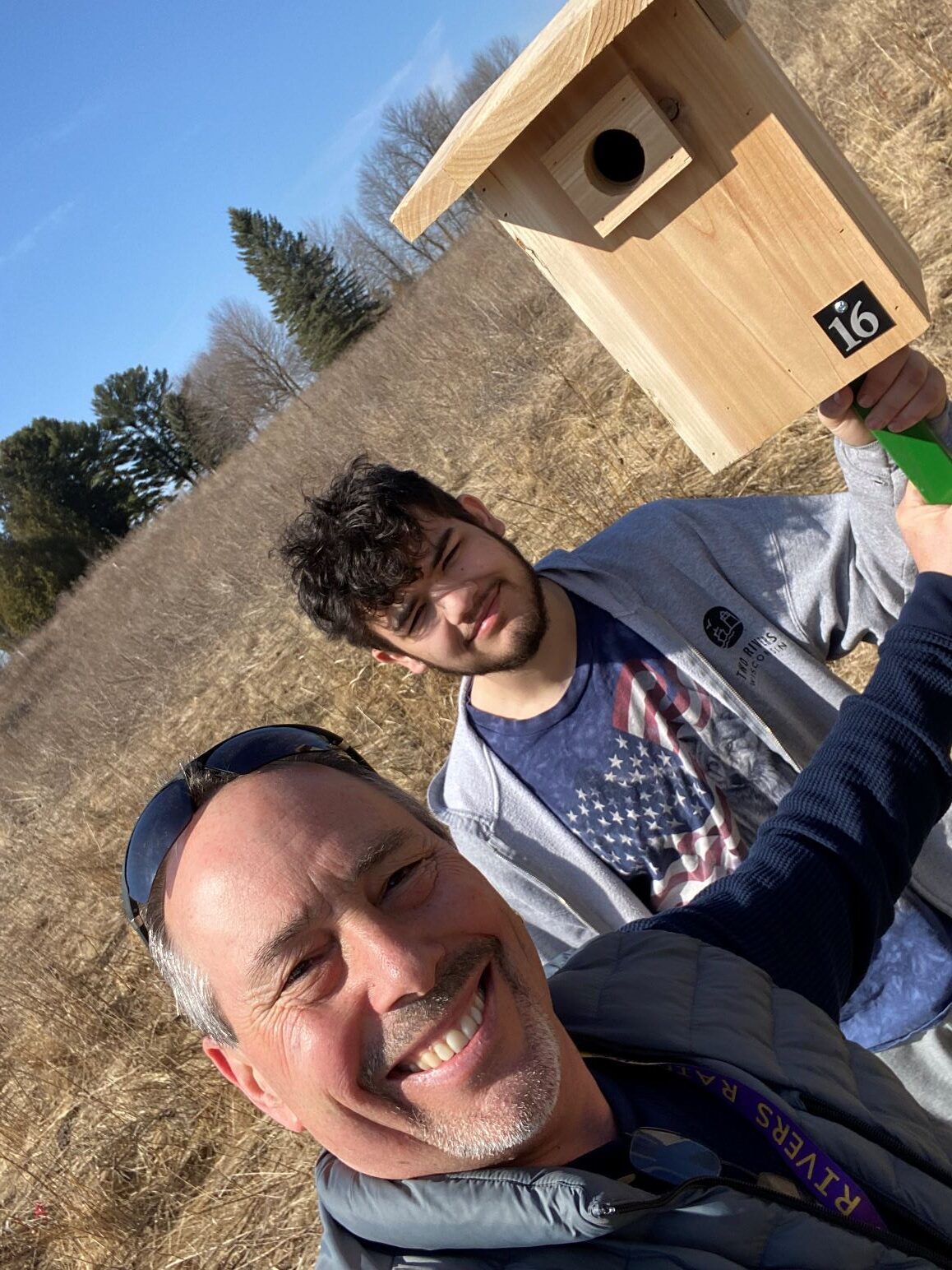
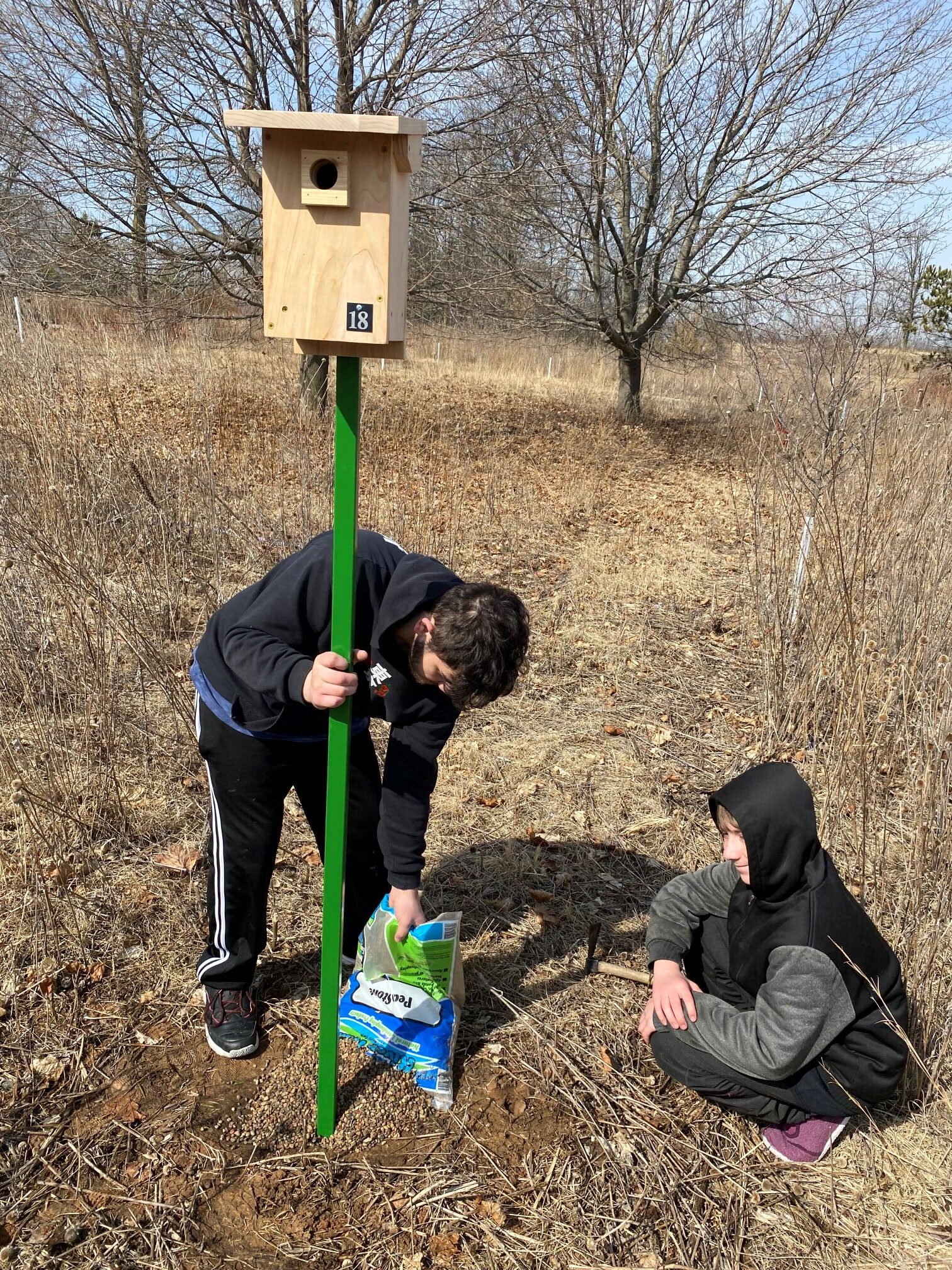
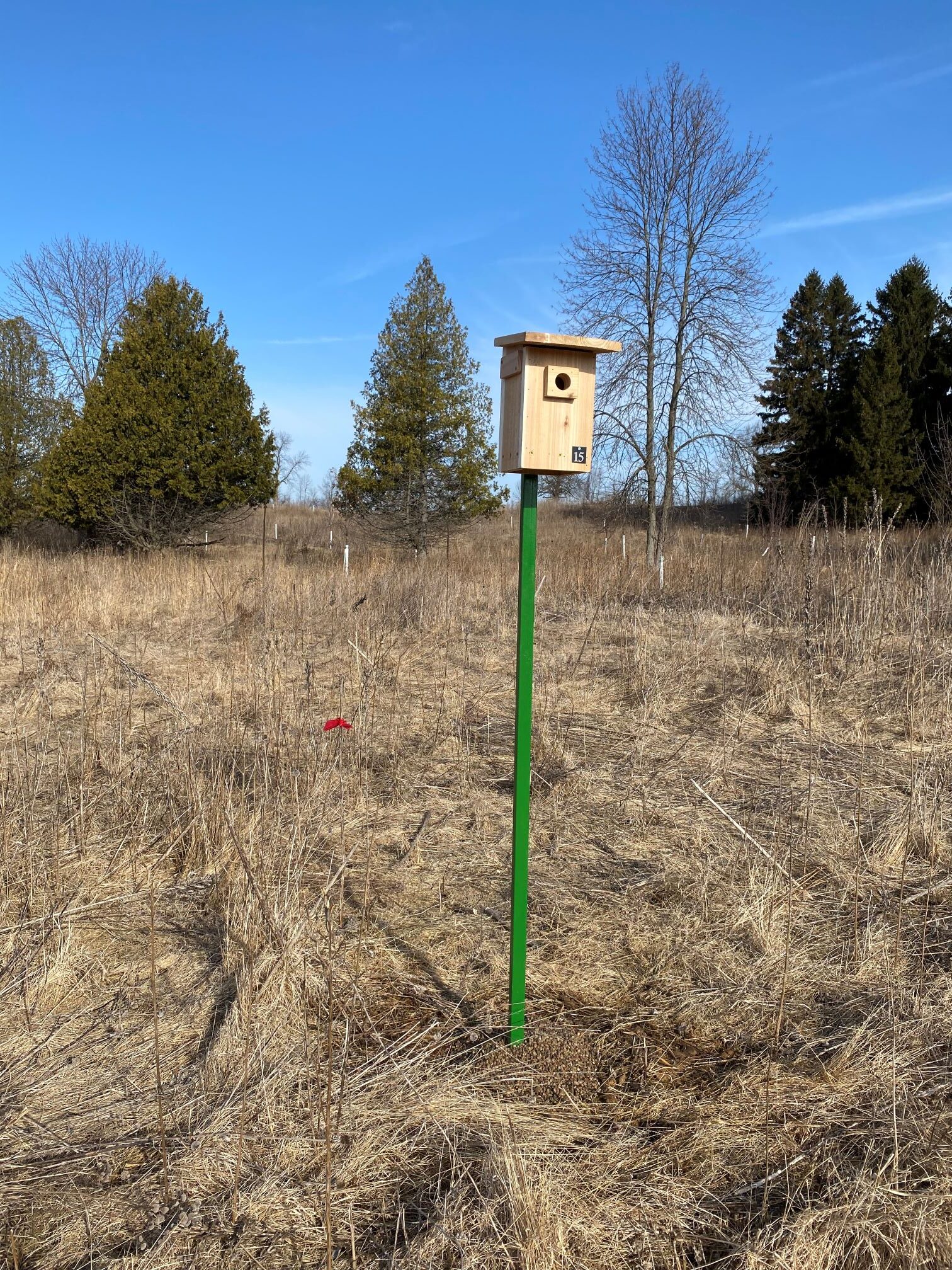
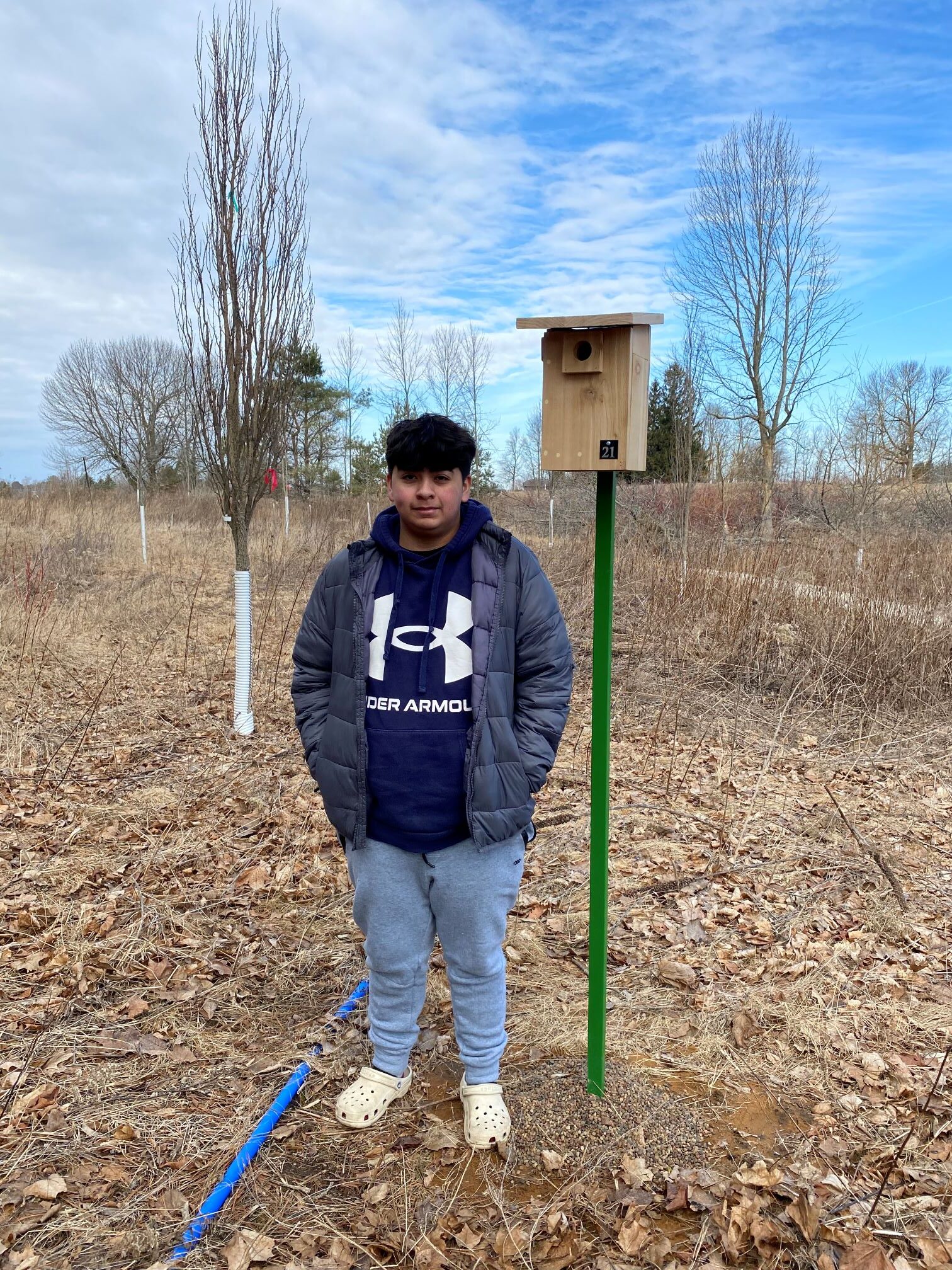

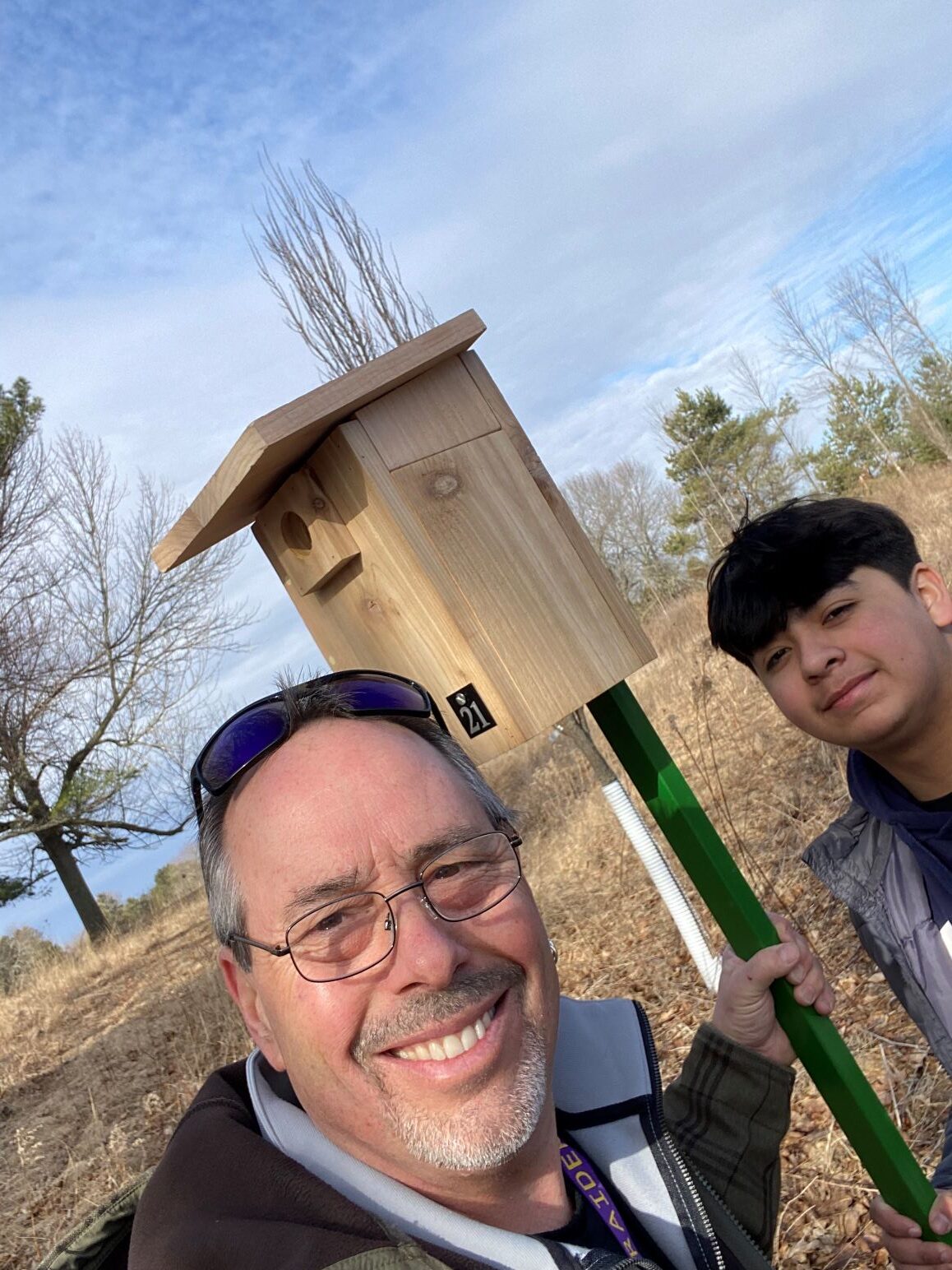
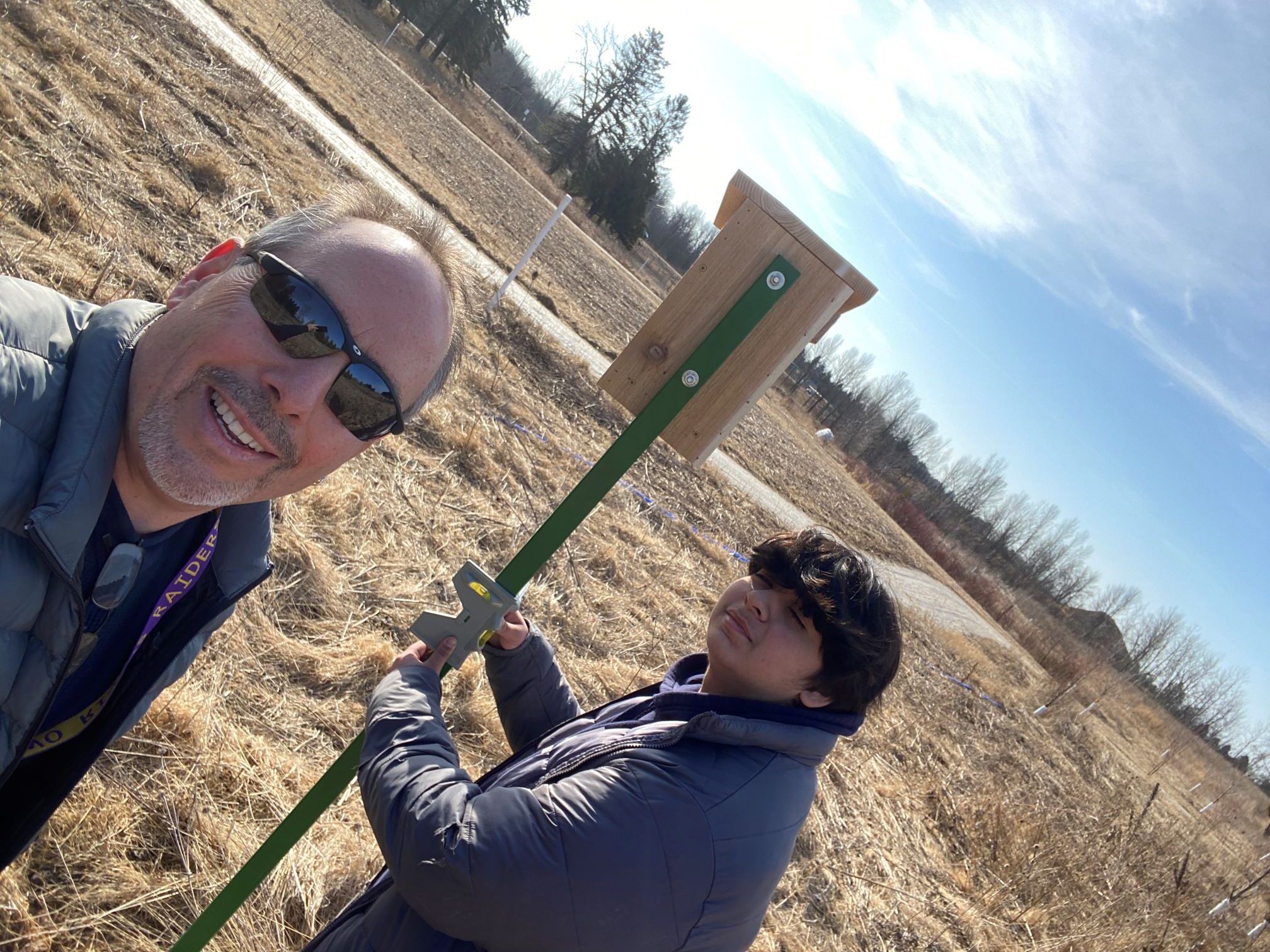
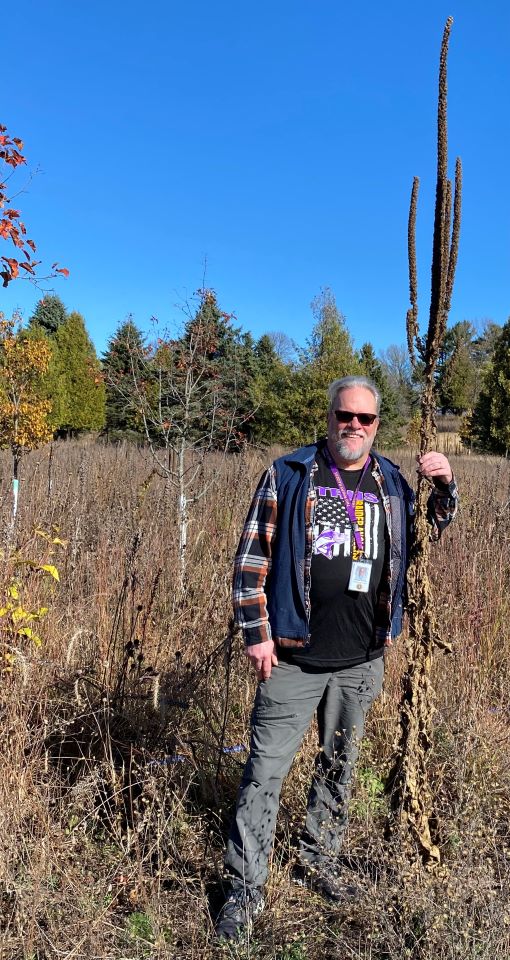
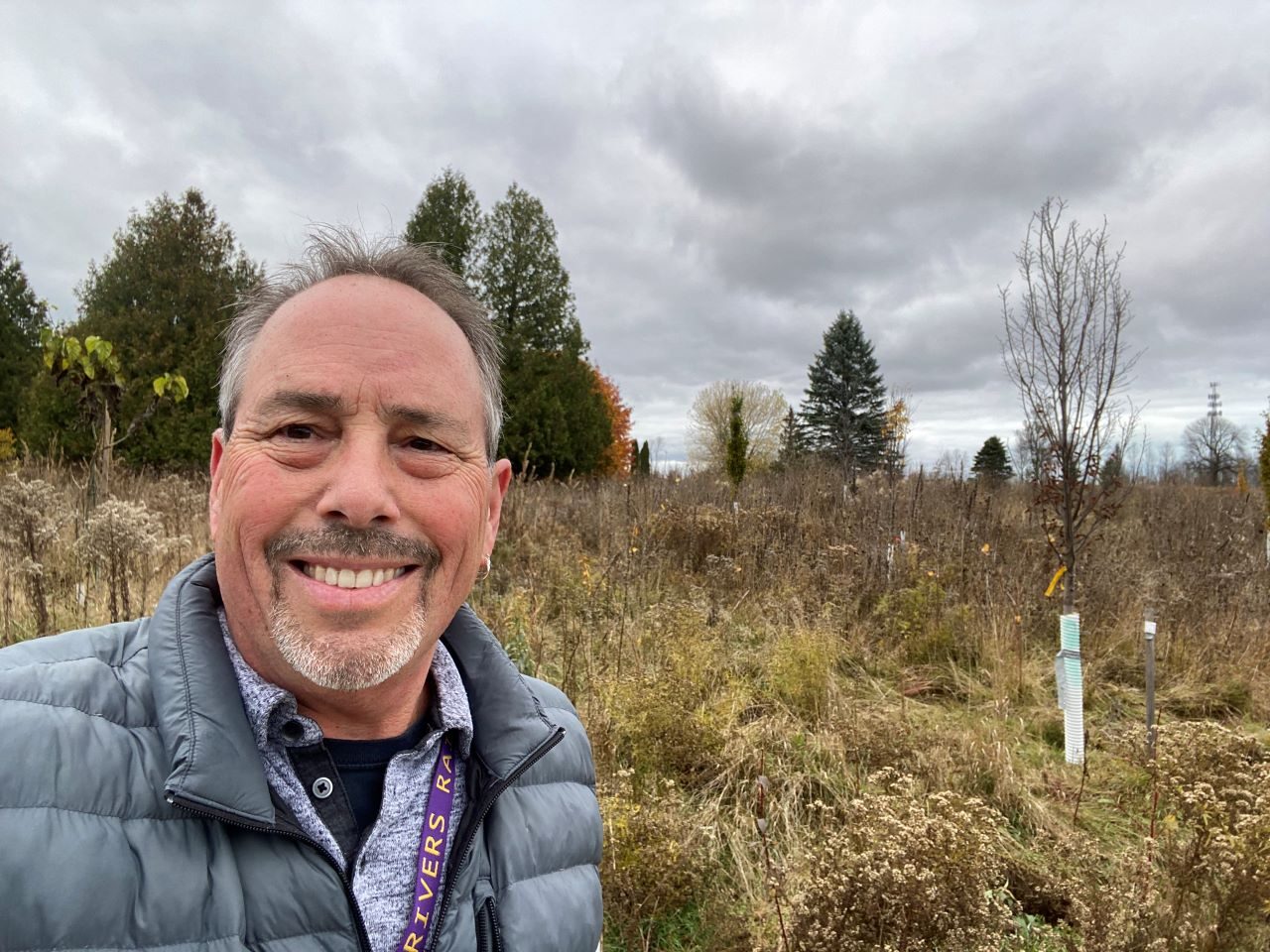

Great work – you are inspiring! Thank you.
Wonderful and inspiring work! Thank you.